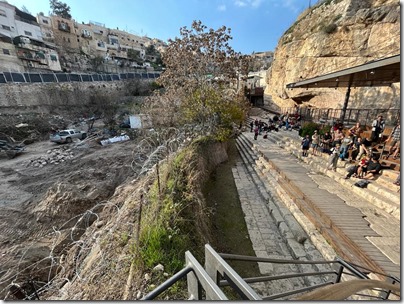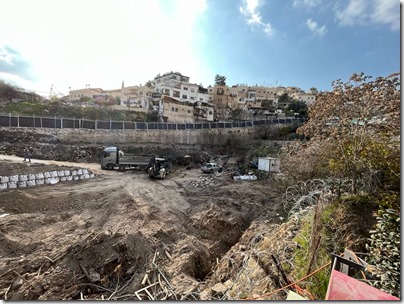Archaeologists working in Egypt found the body of a child buried together with 142 dogs, most of them puppies who apparently died in a flood.
A copy of the Book of the Dead was recently discovered in Egypt.
“Archaeologists have uncovered a 4,300-year-old mummy wrapped entirely in gold near the Step Pyramids – and it could be the oldest ever found.”
“A 2,300-year-old mummy that was originally found in 1916 but left unexamined, recently underwent CT scans whereby scientists found him wearing 49 ritually-significant amulets and sandals.”
“Egyptian archaeologists announced Wednesday the discovery of the first burial site in the city of Luxor that dates back to the ancient Egyptian 13th Dynasty.” They also discovered a Roman city located near the Luxor Temple.
“Egypt has completed the restoration of 37 columns as part of the Karnak Temples’ Great Hypostyle Hall restoration project.”
Egyptian archaeologists are now engaged in 50 archaeological excavations around the country. This is a shift from previous reliance on foreign expeditions.
Egyptian archaeologist and filmmaker Ramy Romany discusses his fascinating life in an interview with Jordan Harbinger.
The Glyptotek Museum in Copenhagen is showing a special exhibition entitled “Amarna – City of the Sun God” from January 26 to June 18.
An 11-minute video explains why Tyrian purple dye is so hard to make and so expensive.
Valerie Abrahamsen looks at how the worship of the Egyptian god Isis influenced the veneration of Mary in the early Christian eras.
Catherine E. Pratt considers the centrality of oil and wine to the people of Greece through the ages.
Efforts to uncover the so-called “first mile” of the Appian Way in Rome have been thwarted by a powerful flow of groundwater. The entire length of the Appian Way is a candidate to become a UNESCO World Heritage Site.
“A sword in Chicago’s Field Museum that was previously thought to be a replica has been revealed to be an actual Bronze Age sword from between 1080 and 900 B.C.”
HT: Agade, Joseph Lauer, Arne Halbakken, Ted Weis, Explorator

